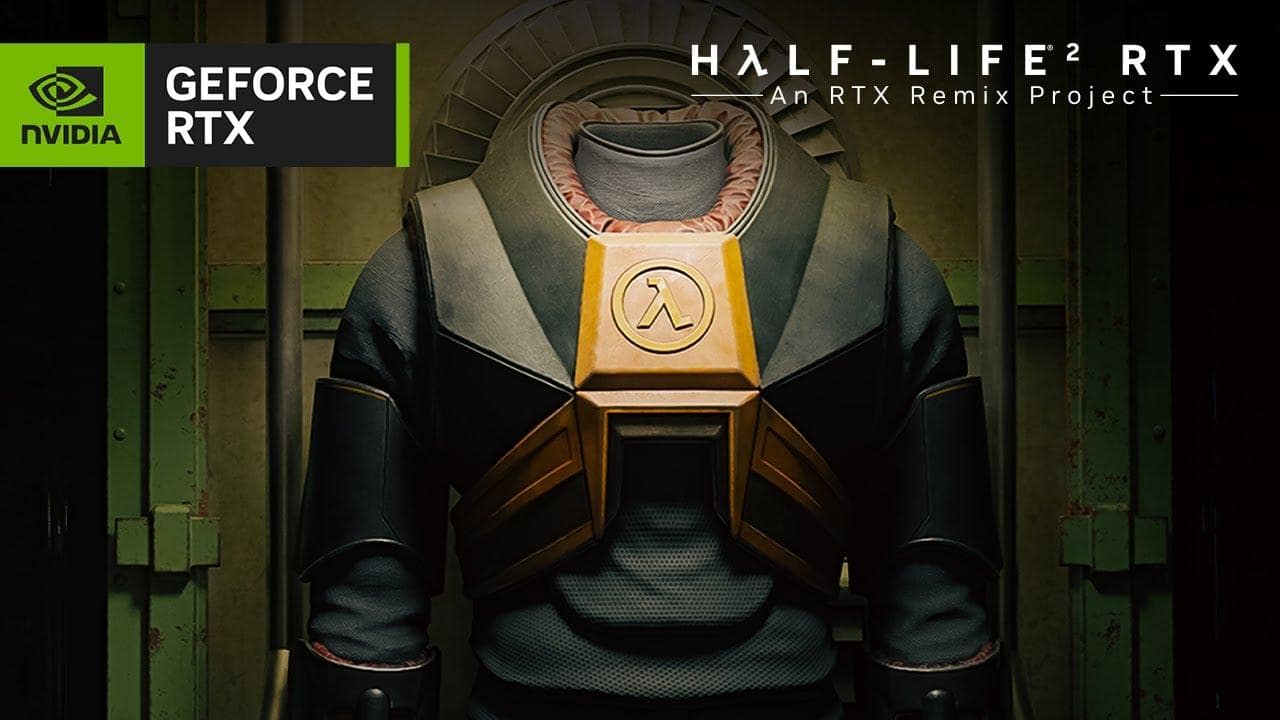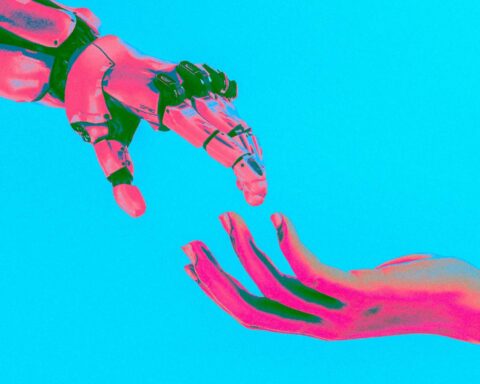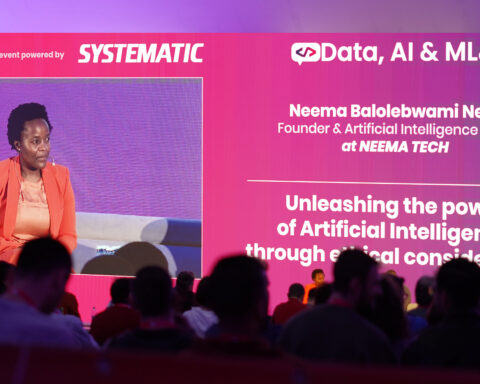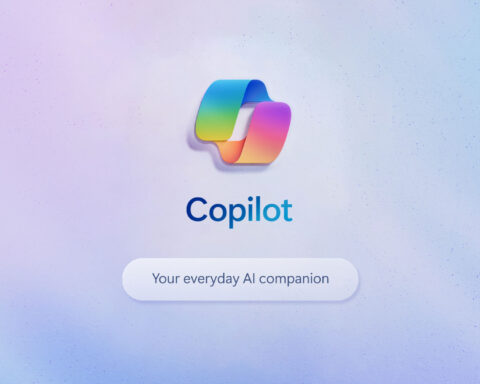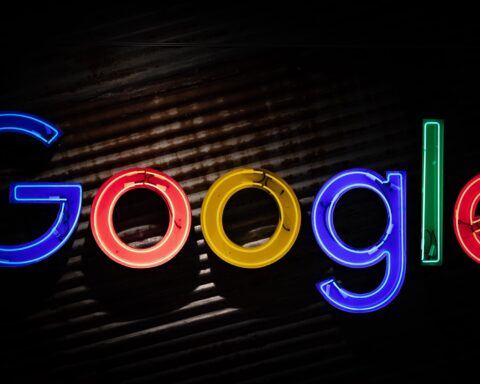Nvidia has announced a significant enhancement to its range of DLSS (Deep-Learning Super Sampling) capabilities, with the introduction of DLSS 3.5.
A big challenge in the current application of image reconstruction to ray-traced effects is the noise resulted as a side effect. This noise diminishes the allure of the otherwise visually striking effects. Nvidia intends to leverage AI-trained denoisers, replacing the existing manually calibrated ones. This shift aims to efficiently reduce reconstruction noise, and enhance game performance while retaining a greater degree of the initial image quality.
While DLSS 3 boosts gaming PC performance by enhancing frame rates, the upcoming version wants to enhance the lighting quality of all RTX graphics cards through these AI capabilities. Furthermore, this upgrade is scheduled to coincide with the release of both Alan Wake 2 and Cyberpunk 2077: Phantom Liberty in the fall season, providing an opportunity for the update to demonstrate its power.
Nvidia has reported that its DLSS 3.5 Ray Reconstruction model has been put through training on five times the volume of data compared to the foundational DLSS 3 suite.
DLSS 3.5, particularly its Ray Construction capabilities, will be compatible with all RTX graphics cards. This means that you won’t specifically require a GeForce RTX 4090 to achieve improved lighting effects. However, it’s worth noting that intense ray tracing places significant demands on hardware, and Frame Generation is arguably responsible for a substantial portion of the computational workload, particularly on entry-level RTX 4000 GPUs. While the new features can theoretically work on an RTX 2060, performance considerations might ultimately limit their usability.
Nvidia announced their novel technology alongside the announcement of Half-Life 2 RTX. This collaborative effort involves important modders from the original game’s community alongside Nvidia engineers. There’s also speculation that this new technology might be launched alongside Starfield in early September.

